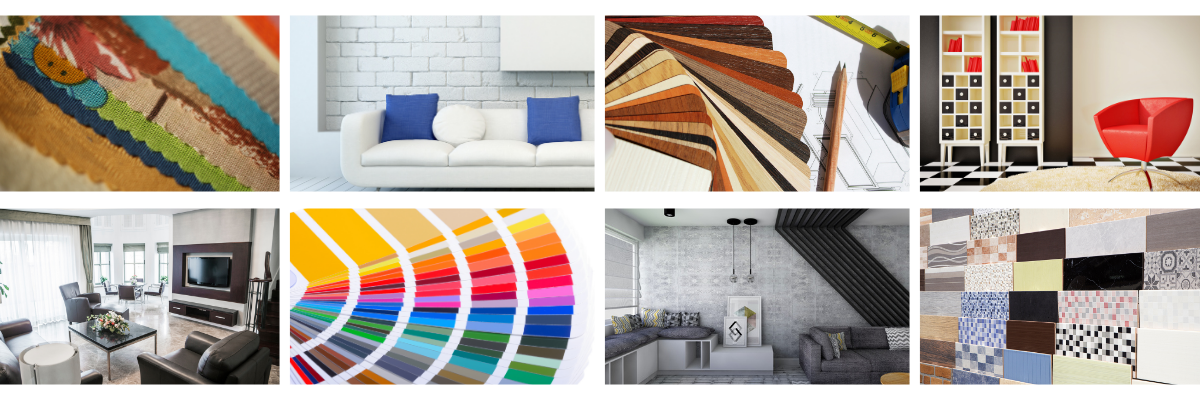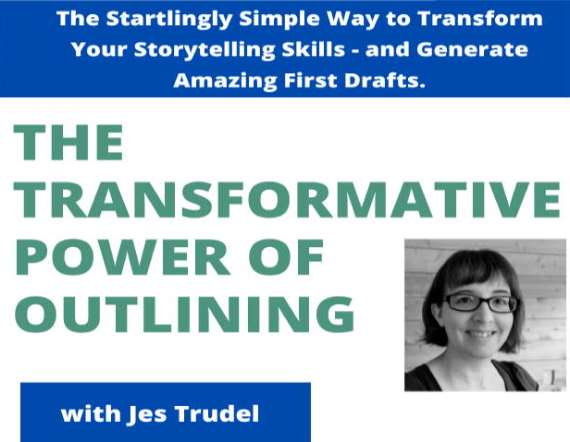
Can’t Decide on a Look & Feel for Your Website? Think Like an Interior Designer
I’ve been helping quite a few authors and businesses redesign their websites lately, so I thought it was worth posting a little guide. Today, I’m going to focus on just one aspect of your site: the look and feel.
The visual elements of your website are the most important because they are what make the first impression. The images, the colour scheme, the layout, the white space: collectively, these elements determine if a visitor decides to stay or go.
Think about some of the websites you’ve visited. Better yet, go visit 10 of your favourite websites now. What is it about these sites that make you feel good?
Designing the look and feel of your website is all about how you want to make your visitors feel. Do you want them to feel cozy? Excited? Impressed?
The look and feel of your website can convey your brand, lend you credibility, and ultimately help visitors decide whether they will trust you. Trust is pivotal, whether you’re trying to make a sale, gain subscribers, or collect feedback.
The First Impression
What impression will your website make? This might sound strange, but you need to think like an interior designer.
When a visitor enters your website, they’re essentially walking into your office. How do you think your visitors would feel if your office was messy and cluttered? Would they trust you to be organized and professional in your interactions with them, or would they expect you to be a little squirrely and scatter brained?
What if the room was sparse and void of everything except a desk, computer and chair? They might believe you are just getting started and they are your very first visitor, or they might think you are dull and impersonal.
What if the room was full of art and relics and cultural references? They might be excited and impressed. Then imagine they ask you about your travels, and you say you’ve never been outside of your hometown. They now might feel like you’re inauthentic and showy, or that you’re a dreamer who never actually accomplishes their goals.
What if the visitor had to wait outside your office or just inside the entrance for a long time before they could settle in? They might feel impatient, like you’re only going to waste too much of their valuable time, and never get beyond the threshold.
Your Ideal Visitor
Ultimately, you want your website to invoke the right feelings in your visitors. You’ll never make everybody happy, of course, so ask yourself: who is your ideal visitor?
We never succeed in life when we try to make everybody happy. When it comes to designing the look and feel of your website, you need to determine who you’re trying to satisfy. Is your ideal visitor young or old? Male, female, or gender non-conforming? Single or attached? White collar or blue collar? Steady or free-wheeling?
You can get as detailed as you want when determining your ideal visitor. You can give them a name, age, job, family members, personality, even a backstory. The more you know about your ideal visitor the better you can design a space that appeals to their needs and desires.
From there, the appeal of your website spirals out to other people similar to your ideal visitor but not the same, until eventually it reaches people who are opposite of your ideal visitor. Your website may not appeal to these people, but that’s okay. Remember: when you try to make everyone happy, you only make yourself decidedly unhappy.
The Aesthetic
Now that you know your ideal visitor like an old friend, it’s time to put your interior designer hat back on. Thankfully, interior designers don’t start from scratch — they’re not reinventing the wheel — interior design aesthetics are well established. And I’m not reinventing the wheel here either, so I’ll let the experts at HGTV.ca give you a quick overview of 15 popular aesthetics:
The 15 Most Popular Interior Design Styles Explained
Which of these aesthetics would most appeal to your ideal visitor? Remember, it’s all about how the design will make your visitor feel. An industrial design is open and exposes all the room’s inner workings, so it might make one visitor feel comfortable because you seem solid and transparent, but it might make another visitor feel uncomfortable because it’s harsh and cold. You want to choose an aesthetic that invokes the right feelings in your ideal visitor.
That said, you also don’t want the aesthetic to be counter to your own way of thinking and behaving, because it can come across as inauthentic. It’s like seeing someone’s face on their bio page and then meeting them in person to find they’ve aged 20 years since the photo was taken. Even though it changes nothing about their credentials, you feel lied to, and it might make you trust them a little less.
Ask yourself: does the aesthetic you’ve chosen match your own personality? If not, there may be a way to tweak the aesthetic so that it is more authentically you. For example, the Transitional design aesthetic described in the HGTV link above combines traditional and contemporary elements. You can combine elements of different styles as needed to achieve that perfect look and feel.
So, will your website be clean, cozy, and calming? Bright, brash, and bold? Somewhere in between? A little bit of both in all the right places? Only you can decide what’s right for you and your visitors.
Ready to Begin?
If you already know how to design a website technically, but you’re feeling uninspired creatively, reach out to me. By answering just a few questions, I can design a mood board to spark your creativity.
If you know what aesthetic you want, but don’t know the first thing about designing a website, I can give you WordPress training or, if you prefer, design the whole thing for you.
Reach out. We’re very approachable and quick to respond (we try, at least).

